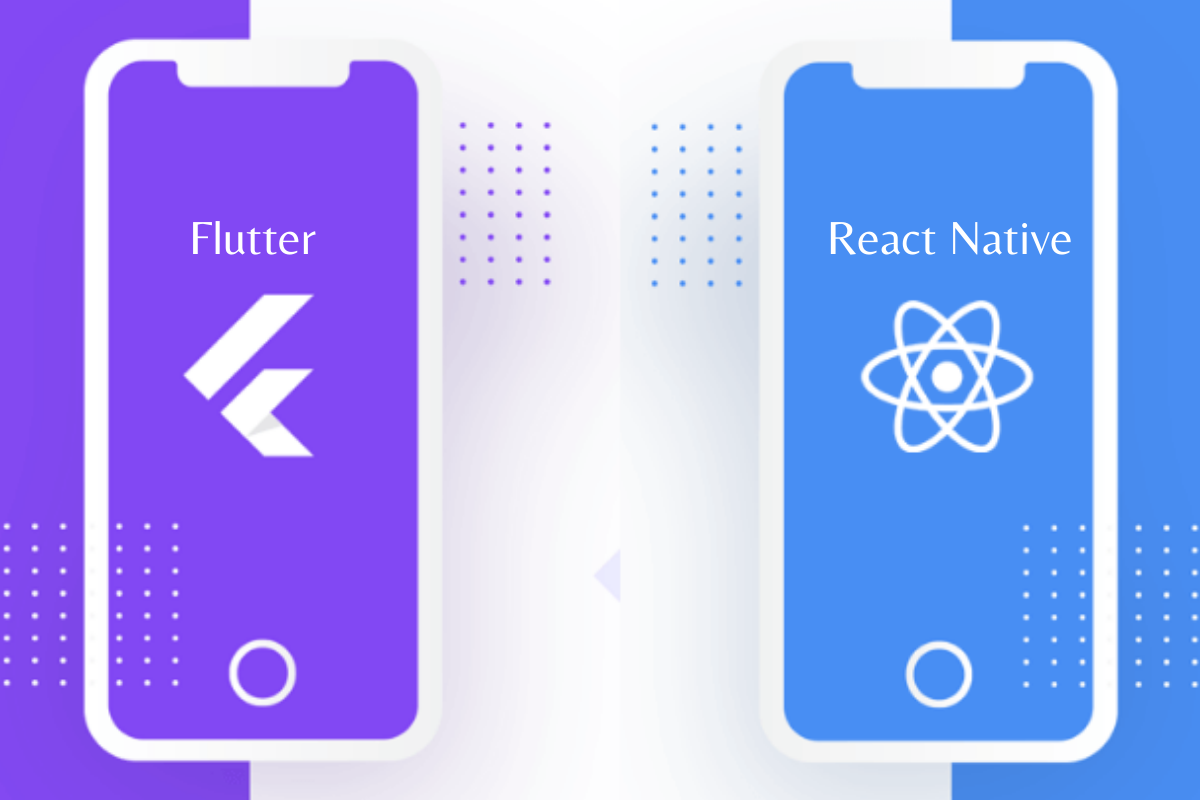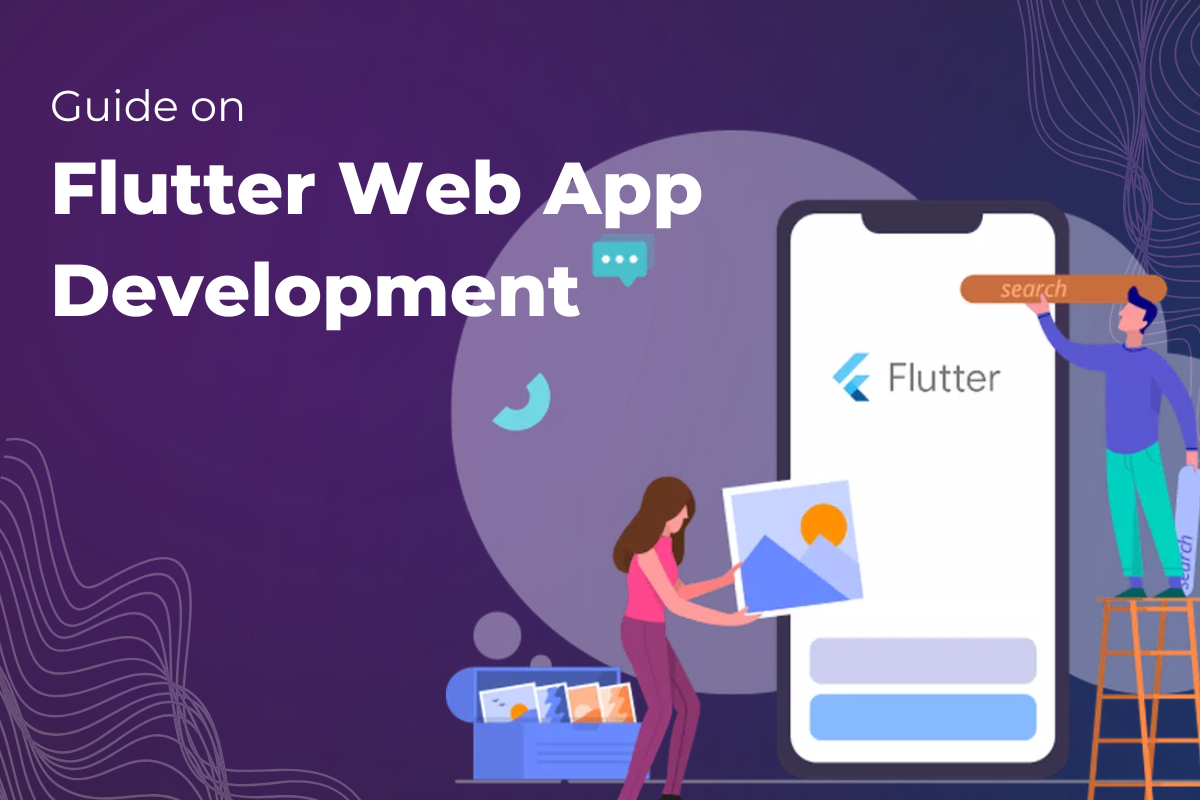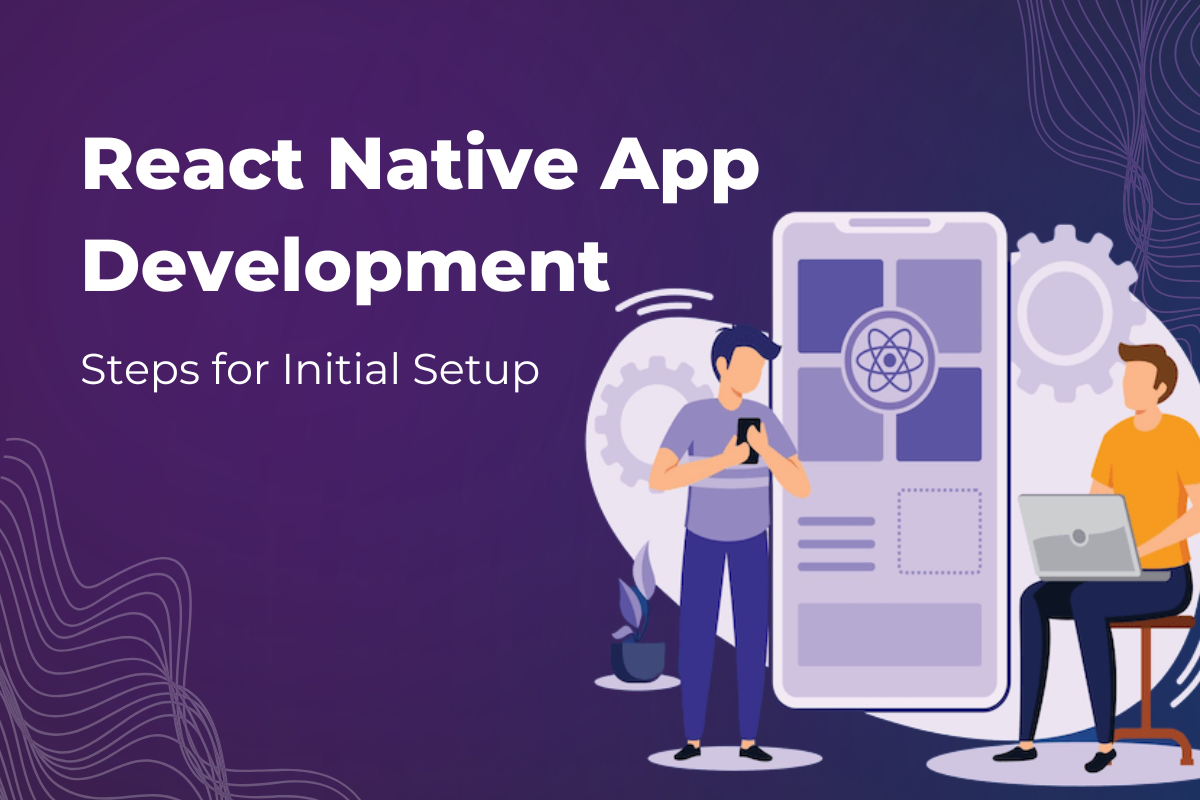There's always one common factor when we make a choice between two platforms to build an app, and that is to build an app quickly and at less cost.
Cross-platform Apps will definitely cost less than native apps, however, Cross-platform apps have multiple platforms to build on. The platforms are supported by giants like FB and Google and more. Developing native apps for every single platform is an absurd waste of time for most organizations. As a result, they're on the lookout for technologies that will help with the development of cross-platform mobile applications. And it's at this point; people begin to consider which is preferable: Flutter vs. React Native?
Not sure which technology to choose for the cross-platform development?
Let's compare the leading market players – Flutter and React Native – from the perspective of app owners to help you figure out which framework is better for your app idea.
Admit it or not! -The advent of mobile applications has had a significant impact on the development industry. With over 3.6 billion mobile users globally, developing mobile apps demands new approaches that are both time-consuming and require much more effort. Flutter and React Native are the two prominent hybrid frameworks for app development in 2022. And their popularity continued from here!
For company owners, being present on all platforms is a must, and they will not simply ignore any opportunity to acquire customers through multiple channels.
What's the big deal with Flutter and React Native?
On mobile devices, native applications are clearly superior. Graphic transitions require less time for UI rendering than cross-platforming, as users with a technical background can understand this better. The difference, however, will be nearly unnoticeable to a random user. As a result, they begin to weigh the advantages and disadvantages of Flutter vs. React.
The IS core is directly communicated with by all native frameworks. However, depending on the operating system and device, native frameworks are built in several programming languages.
As far as I can visualize, depending on the instances, developing a native app for Android and iOS will demand the involvement of at least two programmers, 1 for Android and another for iOS. The mobile world, though, isn't just about the operating system. There are too many oddities, which require further developments and therefore more money.
A firm must recruit Android Dev with proficiency in basic knowledge of Java to build an Android app. Developers who are familiar with Objective C and Swift should be hired for iOS. These expenses are unaffordable for small and medium firms.
So why spend extra when you can select a cost-effective and quick approach to create an app!
In a nutshell, here's how Hybrid mobile apps differ and make their own. Let's understand this first.
- Hybrid applications are less expensive. Flutter or React Native apps take less time to develop, and the outcomes are practically as good as native apps.
- Time is a valuable asset. They require less time to develop. As a result, when an organization saves time on development, it also saves money.
- They provide offline assistance. There's no need to contact support when something goes wrong with the code. All of the solutions can be found in offline libraries. Only developer needs to take care of where to look for them.
- Hybrid apps are less easy to debug. It may be tough to keep track of how the updates affect different codes with all of the system upgrades. This is no longer an issue with hybrid apps because you just have to write one code for all of them.
- They are compatible with both iOS and Android devices. There's no need to waste extra time and money building a new app.
- They make it simple to integrate third-party apps.
- Hybrid apps are frequently regarded as the most effective for an online marketplace. That is correct. The benefits are numerous, while the drawbacks are slight enough to be overlooked.
So, what's the need to code for native apps when hybrid apps are much effective? When it comes to cross-platform development, Flutter and React Native are the two best options. Both offer a large number of features, open-source frameworks, and are capable of developing nearly any application.
A new question arises at this point: which is better for development, Flutter or React Native? I will share my thoughts abruptly in this blog.
Let the battle begin!

What does Google’s Flutter say?
Flutter is a popular framework that provides powerful software functional prototypes to developers and is created and maintained by Google. Flutter aims to make it easier for developers to create attractive, natively built apps for mobile, web, and desktop using a single codebase. It has helped to build some of the most well-known apps, such as the Google Ads app, the Hamilton Broadway Musical app, Alibaba, eBay, Square, and many others. Despite being a newcomer to the community, it has received 94.9 stars on GitHub.
Documentation:
Despite the lower development pace, many people choose Flutter because of the documentation. Flutter is noted for its well-organized documentation that addresses all of your questions. You have to go to a website every time you need to check something, which may be the single disadvantage of Flutter documentation. On the other hand, the contents on the website are so well-structured that the problems become nearly invisible. Flutter documentation is free source and available at docs.flutter.io. The documentation for Flutter includes, but that is also not limited to:
- Libraries
- animation
- cupertino
- foundation
- material
- painting
- physics
- rendering
- scheduler
- semantics
- services
- widgets
- Dart
- Core (including support for asynchronous programming, classes, and utilities)
- VM (including Foreign Function Interface, I/O support for non-web applications)
- Web (including HTML elements and other resources)
- Platform_integration(Android and iOS)
- flutter_test
- flutter_driver
- flutter_localizations
- flutter_web_plugins
- archive
- async
- boolean_selector
- characters
- charcode
- clock
- collection
- convert
- crypto
- file
- integration_test
- intl
- matcher
- meta
- path
- platform
- process
- source_span
- stack_trace
- stream_channel
- test_api
- vm_service
- webdriver
What’s Facebook Supported, Community-Driven Framework of React Native is talking about?
React Native is a well-known cross-platform framework picked by around 42% of developers for app development and has had its most contributors since 2018. Its popularity has given the world some of the most incredible apps, such as Facebook, Instagram, Pinterest, Uber Eats, Walmarts, Tesla, and many more. However, it is now backed by several well-known personalities and businesses worldwide, including Microsoft, Expo, Callstak, and Software Mansion.
Documentation:
When comparing the documentation for flutter vs react native, the documentation for React Native is not so amazing, but many developers find it more user-friendly. It covers guides and popular themes, ensuring that you can always locate what you need.
It essentially includes the following topics:
- Core components and native components
- React fundamentals:
- components
- JSX
- props
- state
- Handling Text Input
- Using a ScrollView
- Using List Views
- Troubleshooting
- Platform-Specific Code
- Environment setup:
- Setting up the development environment
- Integration with Existing Apps
- Integration with an Android Fragment
- Building For TV Devices
- Out-of-Tree Platforms
- Workflow:
- Running On Device
- Fast Refresh
- Debugging
- Symbolicating a stack trace
- Testing
- Using Libraries
- Using TypeScript
- Upgrading to new versions
- Design:
- Style
- Height and Width
- Layout with Flexbox
- Images
- Color Reference
- Interaction:
- Handling Touches
- Navigating Between Screens
- Animations
- Gesture Responder System
- Inclusion:
- Accessibility
- Performance:
- Performance overview
- Optimizing Flatlist Configuration
- RAM Bundles and Inline Requires
- Profiling
- Profiling with Hermes
- JavaScript Runtime:
- JavaScript Environment
- Timers
- Using Hermes
- Connectivity:
- Networking
- Security
- Native Modules:
- Native Modules Intro
- Android Native Modules
- iOS Native Modules
- Native Modules NPM Package Setup
- Native Components:
- Android Native UI Components
- iOS Native UI Components
- Direct Manipulation
- Guides (Android):
- Headless JS
- Publishing to Google Play Store
- Guides (iOS):
- Linking Libraries
- Running On Simulator
- Communication between native and React Native
- App Extensions
- Publishing to Apple App Store
Let’s get to its detailed comparison down below:
Flutter vs React Native: Popularity
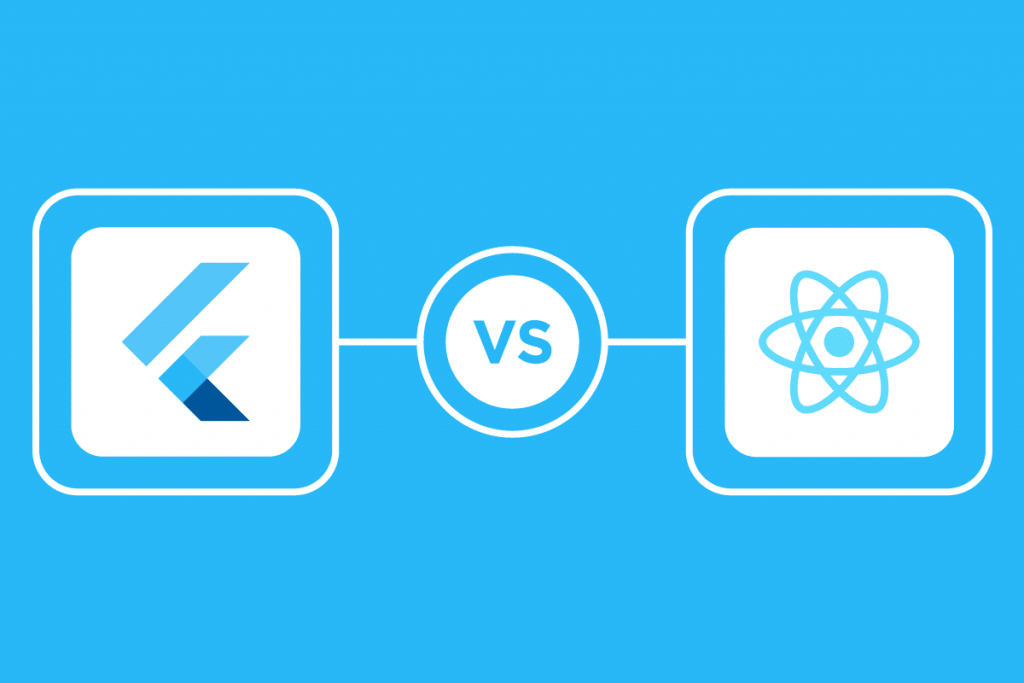
As per the Google Trends (FLUTTER, React Native - Explore - Google Trends), developers are much interested to use Flutter. Moreover, Flutter is popular in China, Bangladesh, Japan, and Kenya. On the other side, React Native has got a warm welcome in countries like Ireland, Argentina, Canada, Belarus, and many more.
Both frameworks are quite equivalent in terms of popularity for cross-platform app development technological trends. As they're both young and have a lot of community support, they virtually equally dominate the specific community.
Furthermore, React Native was released in 2015 and Flutter in 2018. React Native has a larger community and user base. On the other hand, Flutter is sponsored by Google, so it's reasonable to assume that it'll soon meet up to React Native.
Flutter vs React Native: Programming Language
JavaScript is a dynamically typed language, which means it can do almost anything, which is both good and terrible. To create cross-platform apps, React Native uses JavaScript. Presently, JavaScript is a fairly popular language among web developers. It's frequently used in combination with other popular JavaScript frameworks. Web developers can create mobile apps much easier with a little training, thanks to React Native. Companies adopted React Native as a no-brainer with this in mind.
Flutter is a programming language created by Google in 2011 and used by a small developer's unit. It's simple to get started with Dart since the official Dart site has excellent easy-to-follow documentation. Because Dart supports most object-oriented ideas, it is simple to follow JavaScript or Java developers.
As most web developers utilize JavaScript, the React Native framework is simple to grasp. Dart offers a rich set of features, although it's less well-known and used in the development community. Given this, React Native is certainly the preferred programming language here.
Flutter vs React Native: Technical Architecture
It's critical to think about the technical architecture of a cross-platform mobile app development framework while making a decision. We can make an informed selection and select the best framework for our project if we understand the framework's internals.
The JS runtime environment architecture, commonly known as the JavaScript bridge, is significantly used in the React Native architecture. At runtime, the JavaScript code is compiled into native code. React Native uses Facebook's architecture. React Native interacts with native modules through the JavaScript bridge to summarize it well.
Flutter leverages the Dart framework, which includes most of the components, making it larger in size and eliminating the need for the bridge to interface with native modules. Dart contains several frameworks, such as Material Design and Cupertino, that provide all of the necessary technology infused in it for developing mobile apps. The Dart framework uses the Skia C++ engine, and it contains all of the protocols, compositions, and channels. In brief, the Flutter engine contains everything needed for app creation.
Most of the native components are included in the Flutter framework; therefore, it isn't always necessary to use a bridge to connect with them. React Native, on the other hand, communicates with native modules via the JavaScript bridge, which results in poor performance.
Flutter vs. React Native
| The Context | Flutter | React Native |
| Created By | ||
| What’s it? | A portable UI toolkit for building natively-compiled apps from a single codebase over mobile, web, and desktop. | A framework for building native applications. |
| Release Date | December 2018, Google I/O | March 2015, F8 Conference |
| Programming Language used | Dart | JavaScript |
| Popularity on GitHub | 120,000 stars | 95,300 stars |
| Reload | Yes | Yes |
| Native Performance | Great | Great |
| UI | Flutter apps work on modern operating systems as they do on the previous ones. | Application components seems to be native ones. |
| Top apps made with this technology | Xianyu app by Alibaba, Hamilton app for Hamilton Musical, Google Ads app, My BMW | Instagram, Facebook, Skype, Tesla |
| Time-to-market | It is much faster than native development. | Works as fast as development with Flutter. |
What popular apps are made with Flutter?
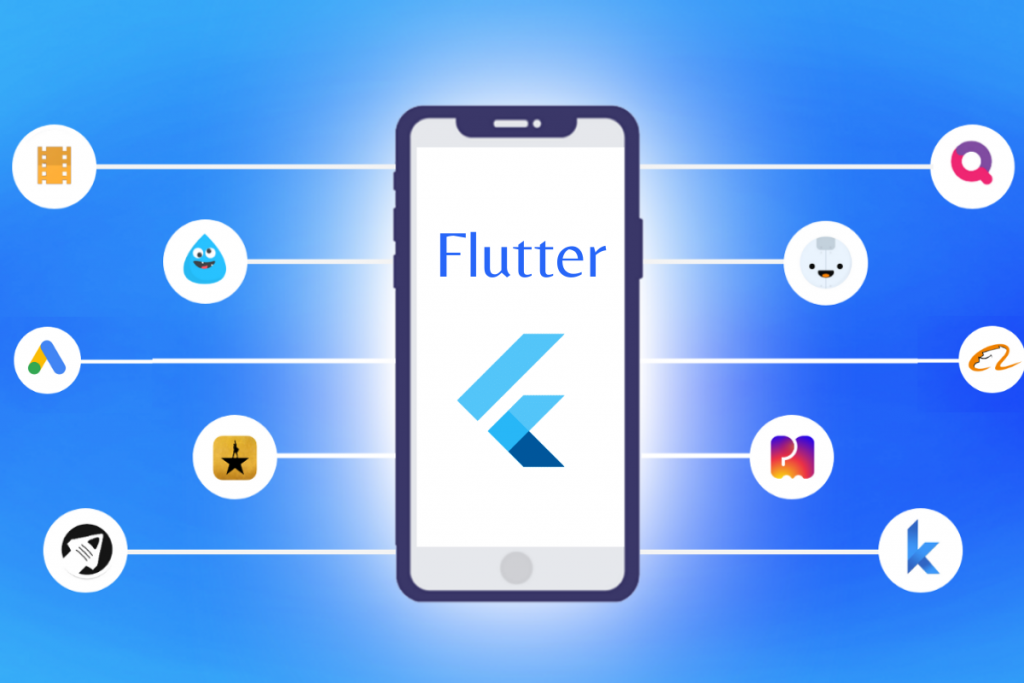
- Topline app- (By Abbey Road Studios) Available on App Store, Google Play
- Google Ads - Available on App Store, Google Play
- Groupon- Available on App Store, Google Play
- Stadia- Available on App Store, Google Play
- eBay Motors - Available on App Store, Google Play
- Xianyu - ( By Alibaba ) Available on App Store, Google Play
- Phillips Hue - Available on App Store, Google Play
- Reflectly - Available on App Store, Google Play, Website
- Baidu Tieba - Available on App Store
- Hamilton – Available on App Store, Google Play, Website
What popular apps are made with React Native?
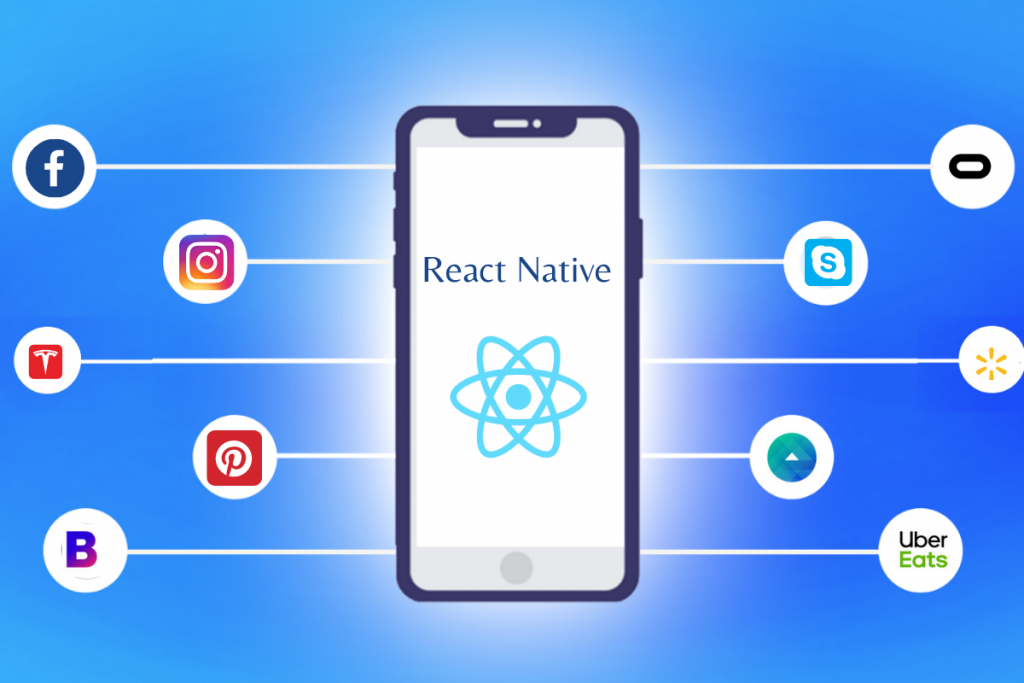
- Wix.com
- Fb Ads Manager
- Skype
- Tesla
- Bloomberg
Wrapping Up!
The analogy herein exemplifies why both frameworks are in such fierce competition. Developers love both and will use either one based on the company goals and needs. These frameworks are changing the way the world does business.
The mobile app industry is now considerably larger and more diverse than it was a few years ago. The trend of having a well-defined online shop has evolved into a necessity. We ensure to have a strong market presence that confirms your company's profitability. So, you can have a word with our technical team.
Seasia Infotech is a pioneering digital product development firm with extensive expertise in building reliable apps using the most up-to-date frameworks and technologies. We can assist you in developing your dream app using our technological skills. Get in touch with us right away to discuss your ideas and get started!
FAQs
Should I learn React Native or Flutter in 2022?
The essential characteristics of Flutter and how it differs from existing cross-platform frameworks have already been explored. Still, one final question remains: is it truly the future of mobile development?
Is it the winner of the fight between React Native and Flutter? Yes, why not
Even though both frameworks are fantastic for mobile app development, Flutter has a lot of features that may help us design more appealing mobile apps with better user experiences while saving time and money.
Given the constant development of Flutter's popularity over the last several years, many sources predict that the trend will continue in 2022 and beyond.
Rest, I've mentioned every detail related to it above; you can use that information for your reference.
Is Flutter really better than React Native?
Flutter is more user-friendly and easier to maintain. To maintain libraries and packages consistent and in line with one another, React Native needs a greater degree of care and dedication from the development team.
Flutter is favored by some, whereas React Native is favored by others. In any event, both can make it possible to create high-quality native Android and iOS apps.
Is it better to use Flutter or React? The answer is highly dependent on the strengths of your team and their previous experience with application development.
Will Flutter replace React Native?
In the realm of mobile development, Flutter is the newest kid on the block. Flutter has already generated a lot of buzz in the industry due to its cross-platform capabilities and easy-to-use UI toolkit, and compatibility with native features. It continued even though it is still in its early stages (such as support for Material Design).
Now, is Flutter really going to take over from React Native?
"Will Flutter replace React Native?" you might wonder. The answer is "very likely yes." Today, however, is different. React Native is still around, even as Flutter grows in popularity among developers.
